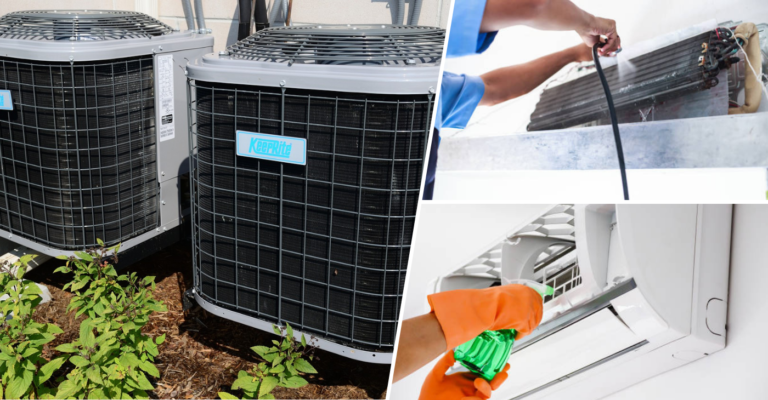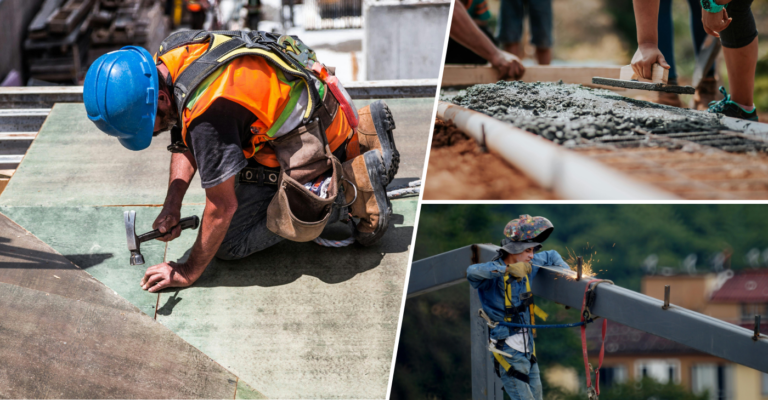Guide: Eligibility criteria for a conservatory roof replacement grant
The conservatory roof replacement grant helps homeowners afford the cost of replacing old conservatory roofs. These grants are particularly beneficial for those with outdated, inefficient roofs that don’t meet modern energy standards. Replacing a roof can improve insulation, reduce heating bills, and make the conservatory more comfortable year-round. Homeowners who qualify may have part or all of the replacement costs covered by the grant. This guide explains how to qualify, the types of grants available, and how to apply. Securing this grant can make your home more energy-efficient without overwhelming costs.
Why consider a roof replacement for your conservatory?
Upgrading to a modern conservatory roof brings many advantages. First, it improves energy efficiency by keeping the conservatory warmer in winter and cooler in summer, reducing energy bills. It also makes the space more comfortable to use year-round. Modern roofs, like tiled or insulated panels, are more durable and require less maintenance. They also provide better sound insulation, reducing noise from rain or traffic. Additionally, a roof upgrade can boost property value and enhance your home’s overall aesthetic. Lastly, new roofs often meet building regulations for thermal performance, ensuring your home is up-to-date and energy efficient.
Eligibility criteria for a conservatory roof replacement grant
Eligibility criteria for conservatory roof replacement grants are highly dependent on the program. Common requirements include:
Income: Most grants are aimed at low-income households. Proof of income, like tax returns or pay slips, will likely be needed.
Ownership: You must own the home and conservatory. The grant usually applies to permanent, primary residences.
Roof condition: If your conservatory roof is old, leaking, or made from outdated materials, you may qualify. Roofs made from polycarbonate or single-glazed systems are often eligible, especially if they don’t meet modern thermal performance standards.
Energy efficiency: Homes that could significantly benefit from improved insulation may have a better chance of securing a grant. The focus is often on upgrading to solid roofing systems or double-glazed panels.
Types of conservatory roof grants available
There are several types of grants and assistance programs that support conservatory roof replacements:
- Government Energy Efficiency Schemes: Programs like the Energy Company Obligation (ECO) offer support for upgrading roofs to improve energy efficiency.
- Local Authority Grants: Many councils offer specific grants for energy improvements, including conservatory roof replacements.
- Rural Repair Grants: For homeowners in rural areas, programs like USDA Section 504 Home Repair provide financial aid for essential repairs, including roofs.
- Non-Profit Programs: Charities like Habitat for Humanity sometimes help low-income homeowners with crucial repairs like replacing conservatory roofs.
How to apply for a conservatory roof replacement grant
The process for applying for a conservatory roof replacement grant is straightforward but requires attention to detail:
Research available grants: Begin by checking government websites, local council resources, or energy-efficiency programs for applicable grants.
Roof inspection: Get a professional roof inspection to document the current state of your conservatory roof. This will help your case if the roof is found to be structurally unsound or poorly insulated.
Contractor quotes: Gather quotes from reputable contractors. These should outline costs for removing the existing roof and installing a new one, including details on the materials used, such as composite tiles, insulated roofing systems, or solar-reflective glass.
Submit application: Complete the application with all required documents. Include proof of income, homeownership, and quotes for the replacement.

Required documents and information
To streamline the grant application process, gather all the necessary documentation early on:
- Proof of income – This includes tax returns, payslips, or pension statements.
- Proof of ownership – Deeds, a mortgage statement, or a letter from the bank.
- Contractor estimate – Detailed quotes, preferably from multiple contractors, specifying the cost of replacing the conservatory roof with approved roofing systems.
- Energy reports – Some programs may require an Energy Performance Certificate (EPC), especially if the grant is energy-focused.
Factors that could affect your grant approval
Several factors can affect the approval of your application. These include your roof’s current condition, income level, and the energy-saving potential of the upgrade.
- Roof condition – A roof in poor condition, such as one with leaks or thermal inefficiencies, is more likely to be approved.
- Energy savings – Grants that aim to improve energy efficiency often favor projects with high U-value improvements.
- Location – Rural or energy-poor areas may have more funding available. Areas with older housing stock are often targeted by these programs.
How much financial assistance can you expect?
The financial support offered through conservatory roof replacement grants varies by program. Government schemes may cover 25% to 100% of the total cost, depending on your income level and the type of roof system being installed. Grants for energy-efficient upgrades, such as the ECO scheme, may provide more substantial funding for replacing single-glazed roofs with energy-efficient double-glazing or composite roof systems.
How long does it take to get approved?
The approval process can range from several weeks to a few months. The timeline depends on the specific grant, the complexity of the application, and the volume of applicants. Once approved, you may be required to complete the roof replacement within a specified timeframe, often 6 to 12 months, depending on the grant’s stipulations.
Alternative funding options for conservatory roof replacement
If you don’t qualify for a grant or the funding isn’t sufficient, there are alternative financing options:
- Home improvement loans: Many banks offer home improvement loans specifically for renovations, including roof replacements.
- Low-interest financing: Some roofing contractors offer financing packages, allowing you to spread the cost over several months or years.
- Energy efficiency rebates: Some regions offer tax rebates or incentives for upgrading to energy-efficient roofing materials.
Conclusion: Making the most of your grant opportunity
Applying for a conservatory roof replacement grant can be an excellent way to improve your home’s energy efficiency and comfort. By upgrading to modern roofing materials like composite tiles or solar-reflective glass, you can significantly reduce your energy bills. Ensure you complete your application thoroughly, providing all the required documentation and getting quotes from experienced contractors. Even if a grant doesn’t cover all the costs, alternative funding options like low-interest loans or energy-efficiency rebates can help make the project more affordable. Ultimately, securing funding can transform your conservatory into a more usable, comfortable space all year round.







